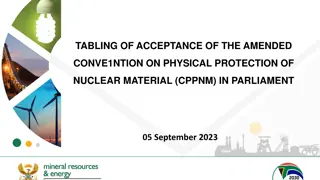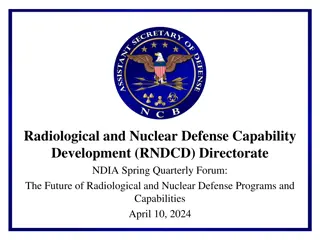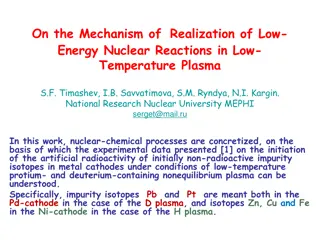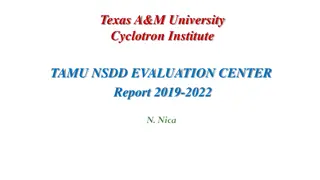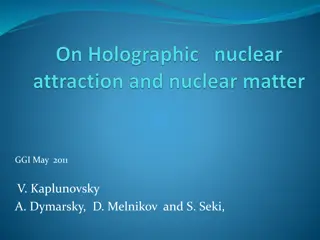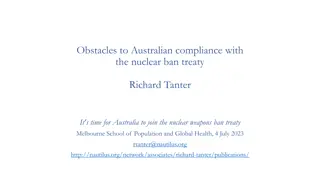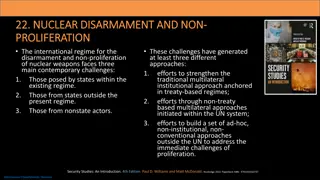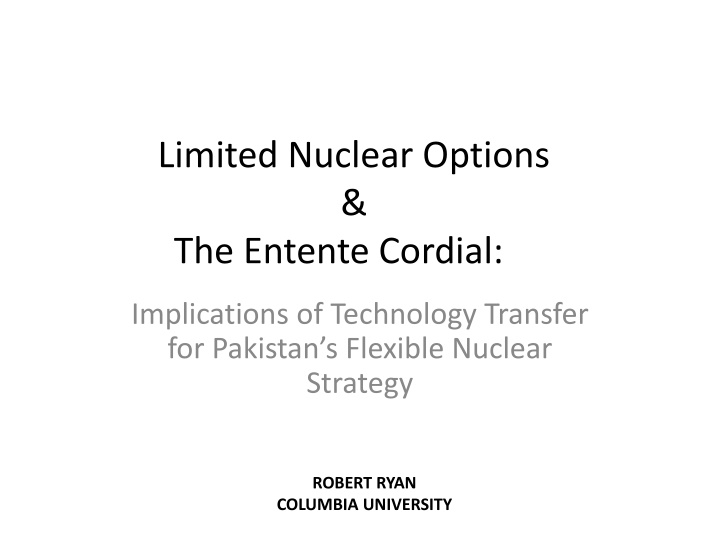
Pakistan's Flexible Nuclear Strategy: Implications of Limited Nuclear Options
Explore the implications of technology transfer for Pakistan's flexible nuclear strategy, focusing on China's assistance in maintaining a credible nuclear deterrent. The discussion includes first-use nuclear doctrine, low-yield battlefield weapons, strategic balance impacts, and more.
Download Presentation

Please find below an Image/Link to download the presentation.
The content on the website is provided AS IS for your information and personal use only. It may not be sold, licensed, or shared on other websites without obtaining consent from the author. If you encounter any issues during the download, it is possible that the publisher has removed the file from their server.
You are allowed to download the files provided on this website for personal or commercial use, subject to the condition that they are used lawfully. All files are the property of their respective owners.
The content on the website is provided AS IS for your information and personal use only. It may not be sold, licensed, or shared on other websites without obtaining consent from the author.
E N D
Presentation Transcript
Limited Nuclear Options & The Entente Cordial: Implications of Technology Transfer for Pakistan s Flexible Nuclear Strategy ROBERT RYAN COLUMBIA UNIVERSITY
Summary Pakistan attempts, with China s help to maintain a credible nuclear deterrent First use nuclear doctrine & low yield, sub- kiloton battlefield weapons Where is Pakistan turning to address its needs and what are the impacts, if any to the strategic balance? The weapons, fissile material, and Command, Control and Reconnaissance dimensions;
Recap 1998-Present Overt Nuclearisation of the strategic relationship following tests in 1998; Ensuing period of conflict and confrontation between 1998-2002 Kargil Conflict; Operation Parakram; The arrival of TNW s 2011 Nasr & Abdali 60km Addressing India s post Kargil doctrine (i.e. Cold Start);
Indias Cold Start & IBGs 8 divisions, rapid deployment, close air support; Many penetration points along the 1800 mile border Pakistani reconnaissance systems cannot monitor
New Systems, Old Problems Pakistan reconnaissance and accurate battlefield intelligence; India s IBGs will overwhelm Pakistan s C4ISR capabilities, C4ISR vulnerabilities: Reconnaissance and C2 systems. Introduction of UAVs; Low recon reliability limits the deterrence value of the Nasr (60 km) and Abdali (180 km);
Nuclear tripwires are not uniform, these appear to be much shorter and tighter in the Punjabi Heartland, relatively more stretched in Sindh and loose in Pakistan Occupied Kashmir (POK) Ret. Brig. Arun Sahgal
SHAHPAR UAV: SUBSTANTIALLY ENHANCES REAL TIME TARGET ACQUISITION CAPABILITIES - CHIEF OF ARMY STAFF
NASR LAUNCHED FROM A100 E MULTIPLE LAUNCH ROCKET SYSTEM
Question of Survivability Nasr, Abdali missiles, MLRS & pre-surveyed launch positions along the Line of Control Attractive targets for Indian planners, given limited number of TNWs in the arsenal; Weapons are dual use & decoy MLRS also complicate targeting; Alternative/Augmenting Solution: Target PakPal s with precision electronic sabotage
Electronic warfare attacks on dual use C4ISR UAVS Computers and Communication networks PALs Passive & active attack profiles Risk factors high; Pakistan detects attack, attack fails, or interdiction reduces impact, what then?
Conclusion C4ISR: dual use increases nuclear risks As Pakistan perennially lags behind strategically superior India, China will make sure it is still a significant threat; Continued build up of low yield, short range nuclear capabilities The next tech transfers may be continuation of recent reconnaissance based systems;

